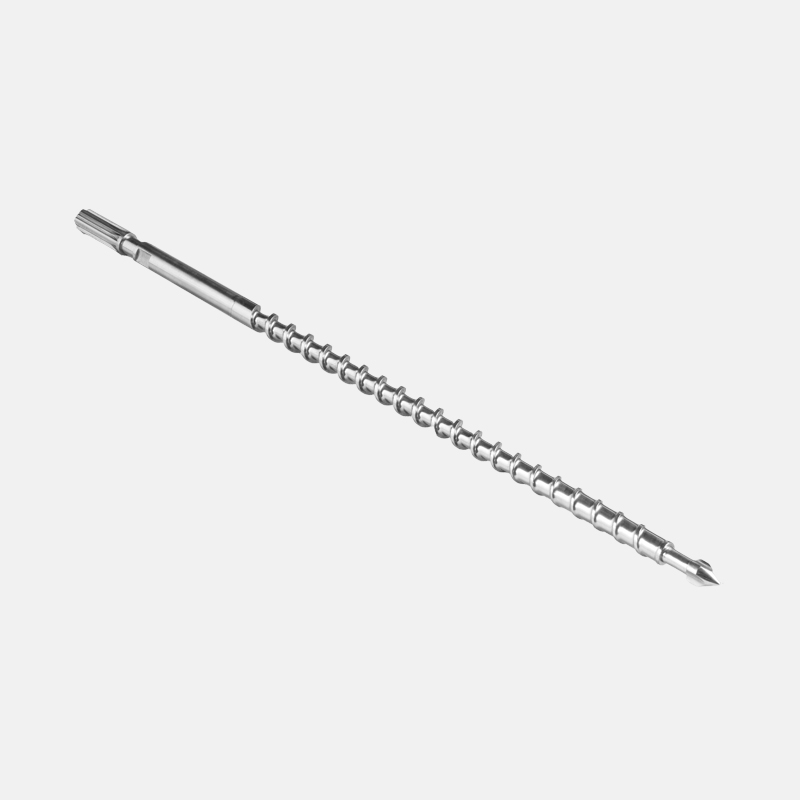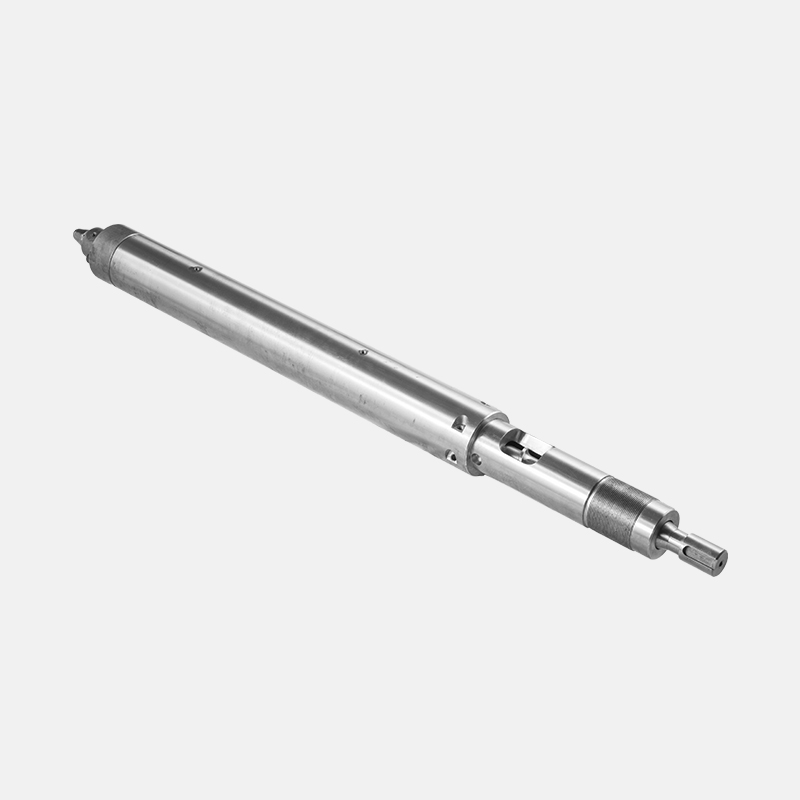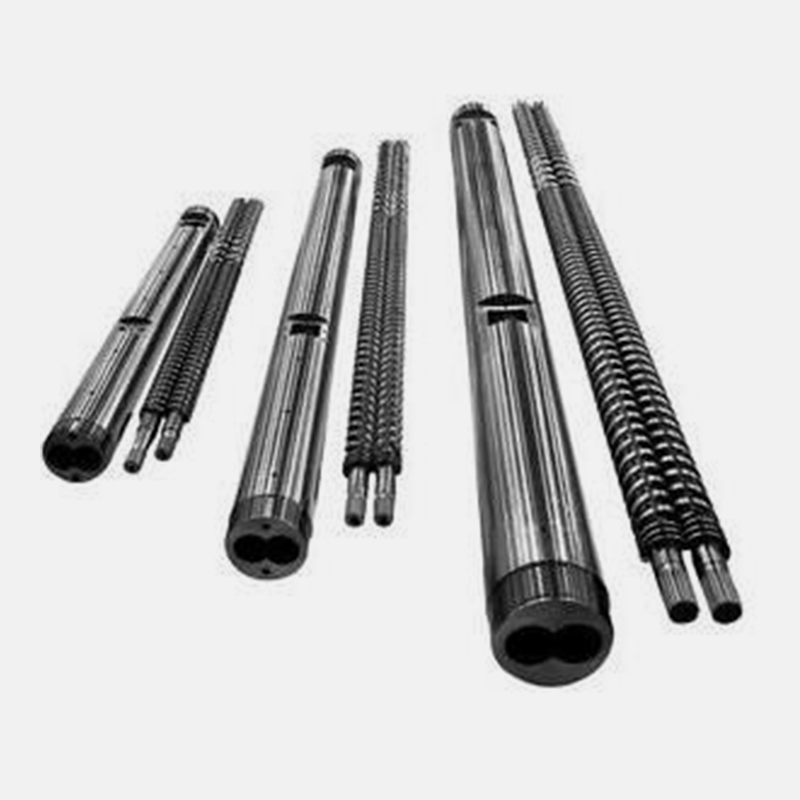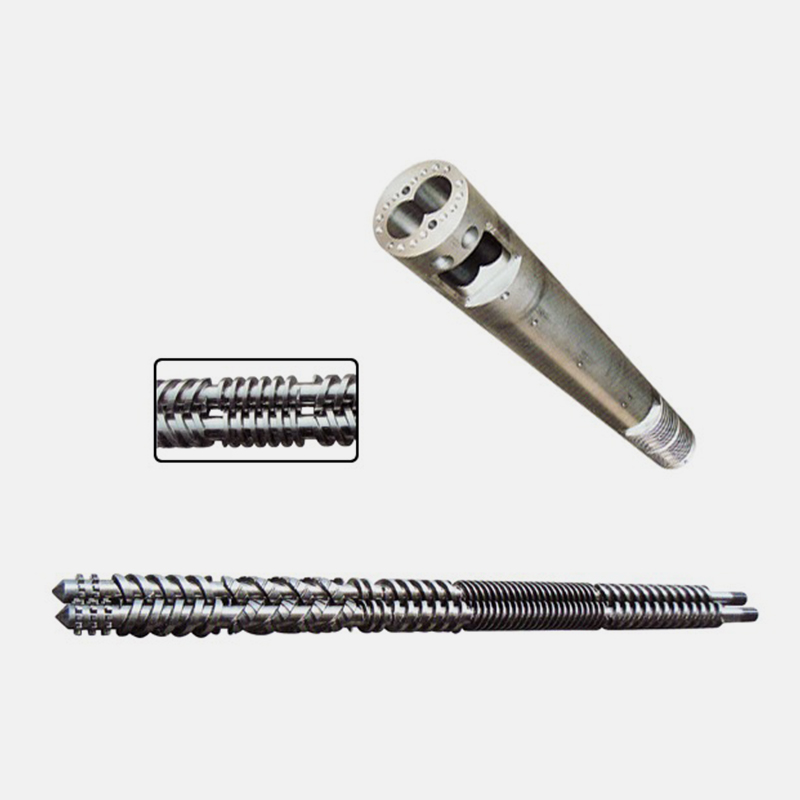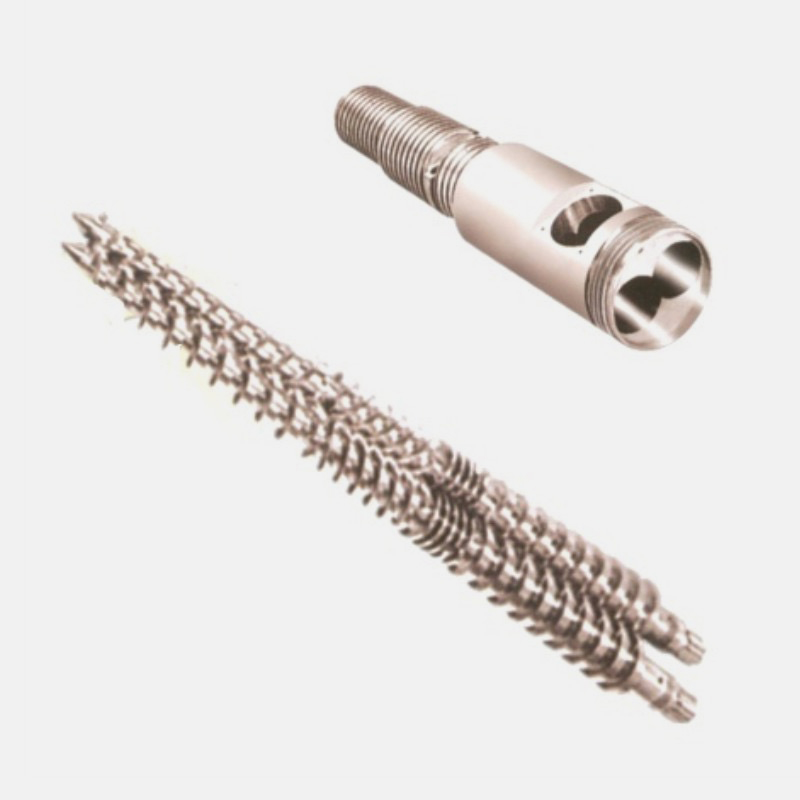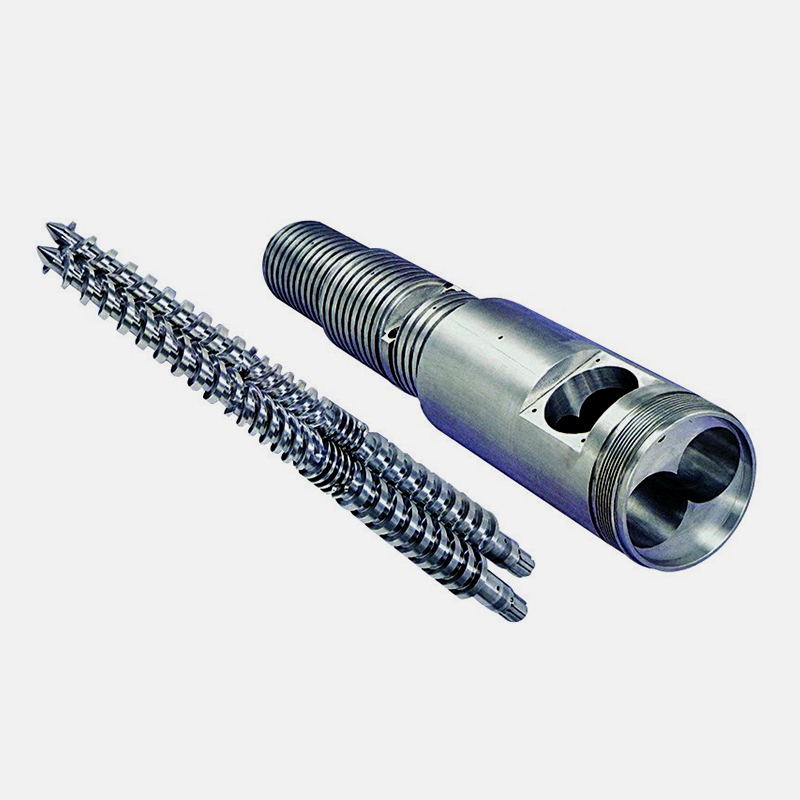Among the many benefits of
single screw barrel is its ability to produce high quality, high volume semi-finished products. The ability to maximize output stability is largely dependent on optimizing the process conditions. In this article we'll explore some of the ways in which optimizing the temperature and pressure conditions within the barrel can increase your throughput.The first is to make sure that the temperature within the feed zone is within the desired range. This is important as the temperature of the feed zone affects the melting process and helps in stabilize the conveying process. A cooler feed zone temperature means higher friction coefficient and less pressure fluctuations.Secondly, you need to look at the flow of solids within the hopper.
This is a complex process that involves spiraling motions and friction. These effects are most important when the particle size is small enough to allow the effect to be felt.Depending on the type of extruder, the screw can be smooth or grooved. Smooth barrels have lower friction along the screw, allowing for forward motion of the material. However, they have limited mass throughput.Grooved barrels have higher axial velocity, thereby resulting in higher mass throughput. However, they also have more solid conveying angle. This is because granules tend to form a vortex at the end of the feed opening. This vortex reduces the effective feed opening length.Grooved barrels have a continuous depth of 2.8 mm in an 80 mm feed opening. They are also equipped with a decompression section to prevent over-pressurization.
Depending on the diameter of the granule, it is possible to predict helically grooved solid conveying zone at low screw speeds. The granule diameter has to be larger than the groove depth. However, this does not have a direct effect on the threshold screw speed.As a result of high friction, the flow rate between screws becomes degraded. In addition, shearing of the polymer becomes higher. It also reaches a pressure higher than 12,000 psi in some cases.Adding liquids to the feed throat of a single screw barrel can lead to problems. Aside from lubricating the barrel, the presence of liquid in the throat can affect the feed rate and performance of the extruder. When the feed throat is hot, it can cause plastic to melt and solidify. This can be a sign of a larger problem than the feed throat itself.Adding liquids to the feed throat of an extruder with a single screw can be a risk, especially if the feed throat is too hot.
For this reason, most modern equipment has a separate water channel around the feed throat to avoid cross contamination. This helps maintain an acceptable feed throat temperature.Some common feed problems include bridging. Bridging is anything that blocks the free flow of granules into or out of the feed section of the screw. It can lead to a variety of issues, from machine performance to safety.Various case studies have been carried out on the solid conveying behavior of plastic granules in grooved barrels. These studies show that the granule geometry plays a decisive role in the mass throughput. Various shapes of granules were tested with three different types of plastics.Compared to the smooth barrel, the lenticular PE-HD has a higher mass throughput. It also has a lower screw speed range of 50-300 rpm. The cylindrical PE-HD has a similar behavior.

 English
English 简体中文
简体中文 España
España عربى
عربى
